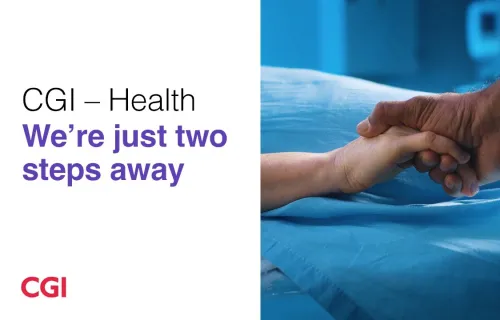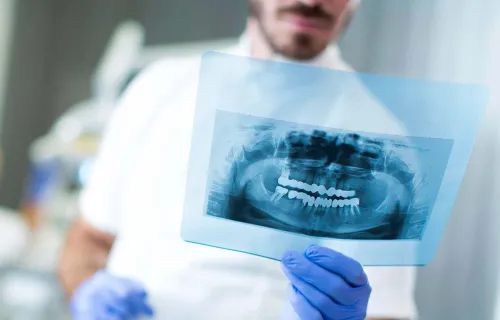Using AI deep learning methods to acclerate the identification and accuracy of measuring sleep apnea
CGI and researchers from the University of Eastern Finland developed artificial intelligence (AI) algorithms to analyze sleep apnea and its levels of severity. In the University’s SmartSleep Lab, located in Kuopio, researchers evaluated sleep data collected from participants using AI deep learning methods and were able to accurately identify the stages of sleep and calculate the number and duration of breathing pauses.
The researchers obtained results with the new AI method from a finger-mounted pulse oximeter where sensors are easily attached to a subject’s finger, which proved to be as reliable as traditional polysomnography (PSG) which can often be more difficult for a patient.
Even more promising was the increased accuracy obtained with a collar-shaped electroencephalography (EEG) meter, which was also more comfortable than traditional measurement methods and enabled better sleep during the study.
"A person's well-being is strongly linked to their quality of sleep. For us at CGI, it's great to be involved in a project where algorithms are used in a meaningful way," says Jari Turkia, Director Consulting Expert and head of CGI Finland's data analyst team.
Treating sleep apnea and its side effects
An estimated 936 million adults worldwide suffer from mild to severe sleep apnea, and a large proportion of those affected remain undiagnosed. Sleep apnea is associated with cardiovascular diseases, type 2 diabetes, and in the most severe cases, it’s linked to an increased risk of cerebral hemorrhage. Additionally, daytime fatigue related to nighttime breathlessness and lowered blood oxygen levels caused by sleep apnea can increase the risk of traffic accidents and work-related injuries.
Programs based on the AI algorithms developed by CGI and the University may later become available to hospitals, sleep clinics and health centers as products that, in addition to identifying sleep apnea, can be used to analyze and improve patients' sleep.
"We succeeded in building automatic algorithms that can identify the stages of sleep and calculate the number and duration of breathing pauses. In addition, we found that it is possible to simplify the measurement setup without impacting the diagnostic accuracy when more advanced algorithms are applied to the data analysis,” says the head of the sleep research group, Assistant Professor Timo Leppänen from the University of Eastern Finland.
"Traditional sleep research methods are time-consuming and expensive compared to artificial intelligence aids. New, lighter and resource-saving methods can bring diagnosis and treatment within reach of even more people. In addition, we believe that when sleep apnea and its associated diseases are detected earlier than at present, we can save on treatment costs for serious diseases," says Leppänen.
Turkia and Leppänen hope that AI-assisted methods will be available to patients and doctors as soon as possible. Before the new measuring devices and the AI-assisted data analysis can become widely used, they need to be commercialized and receive the necessary medical device approvals. CGI and the University of Eastern Finland are currently working to make the AI algorithms accessible to medical practitioners and their patients.
Learn more about CGI’s AI in healthcare AI in health | CGI.com




